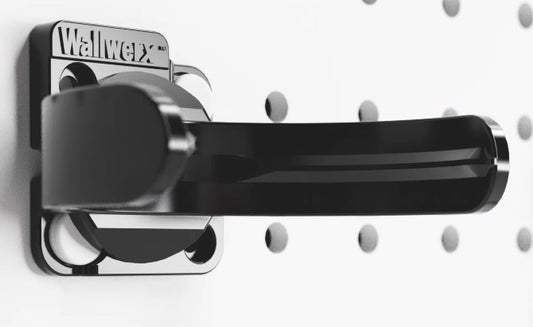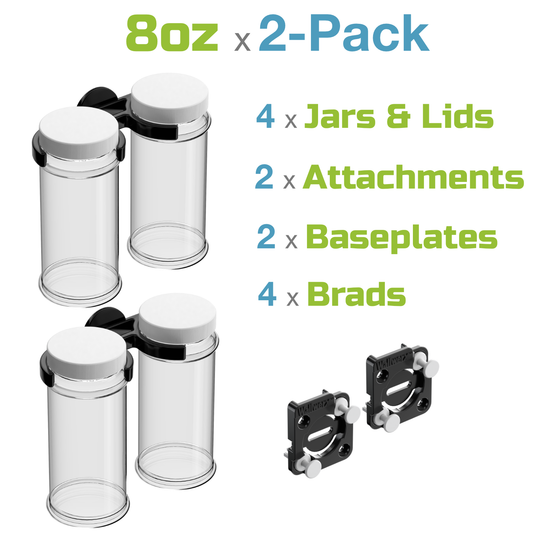Organizing a craft room can be a fun yet challenging task. Here are some key considerations to help you create an efficient and inspiring workspace:
1. Define Your Needs and Goals
- Types of Crafts: Identify the primary types of crafts you will be doing (e.g., sewing, painting, scrapbooking).
- Frequency of Use: Consider how often you use each type of supply or tool to determine accessibility needs.
2. Workspace Layout
- Work Surface: Ensure you have a large, flat work surface that is comfortable and well-lit.
- Ergonomics: Arrange furniture and tools to minimize strain. A comfortable chair and adjustable tables can help.
3. Storage Solutions
- Shelving and Cabinets: Use open shelving for frequently used items and closed cabinets for less frequently used or unsightly supplies.
- Drawers and Bins: Organize smaller items in labeled drawers or bins for easy access.
- Vertical Space: Utilize wall space with pegboards, hooks, and wall-mounted shelves. The Wallwerx wall organization system offers a variety of attachments, from pegboard storage containers, to hooks and tool holders.
4. Labeling and Categorization
- Label Everything: Clearly label containers, drawers, and shelves.
- Categorize Supplies: Group similar items together (e.g., all painting supplies in one area).
5. Accessibility
- Priority Placement: Place frequently used items within easy reach.
- Clear Pathways: Ensure there are clear, unobstructed pathways for movement within the room.
6. Lighting
- Natural Light: Maximize natural light if possible.
- Task Lighting: Use focused task lighting for detailed work areas, such as desk lamps or under-cabinet lights.
7. Inspiration and Personal Touches
- Mood Board: Create a mood board or inspiration wall with colors, materials, and project ideas.
- Decor: Personalize your space with decorations that inspire creativity and joy.
8. Multi-purpose Areas
- Flexible Furniture: Use furniture that can serve multiple purposes, such as a fold-out table or rolling carts.
- Multi-functional Storage: Consider storage options that can also serve as work surfaces.
9. Maintenance and Clean-Up
- Trash and Recycling: Have designated bins for trash and recycling.
- Cleaning Supplies: Keep cleaning supplies handy for quick clean-ups.
10. Technology Integration
- Power Outlets: Ensure there are enough power outlets for tools and devices.
- Charging Stations: Create a designated area for charging devices like tablets, phones, and laptops.
11. Safety Considerations
- Ventilation: Ensure proper ventilation, especially if working with paints or adhesives.
- Fire Safety: Keep a fire extinguisher nearby, especially if you use heat tools.
- Childproofing: If children will be using or visiting the room, ensure dangerous items are out of reach or locked away.
By considering these aspects, you can create a craft room that is not only functional and organized but also a space where you can be productive and creative.
Pro Tip: Buying an organization kit with a variety of storage and organizing options can help you get started on organizing your craft room quickly, and finish faster.







